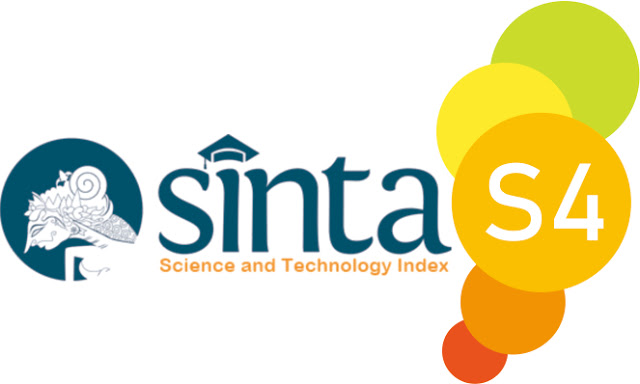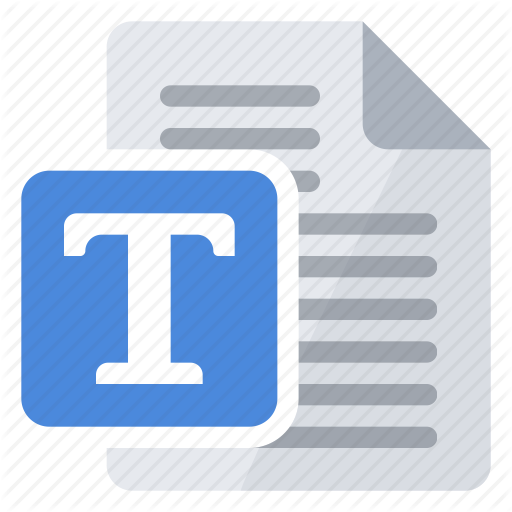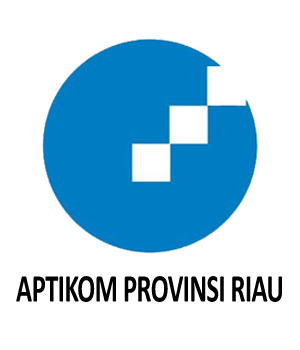Development Of Android-Based Applications With An Inquiry Approach On Solubility Material And Solubility Products As A Source Of Independent Learning For High School Students
Abstract
This study aims to develop an Android-based application that uses an inquiry approach on solubility material and solubility products, and assesses its feasibility as an alternative source of independent learning for high school students. The approach used is the development research method, by choosing a development design using the ADDIE model. The result of this study is in the form of an Android-based application. The evaluation of the results of this development is based on the assessment of validators who show very good categories, with ideality reaching 86% according to the assessment of media experts, and 84.75% according to the assessment of material experts. Student responses to Android-based applications with an inquiry approach to solubility material and solubility results obtained a percentage of 93.22%. Based on the expert assessment and student responses, it can be concluded that the Android-based application that has been developed is worthy of being used as an independent learning resource for high school students.
Downloads
References
Pongpalilu et al. 2023. Perkembangan Peserta Didik: Teori & Konsep Perkembangan Peserta Didik Era Society 5.0. Jambi: PT. Sonpedia Publishing Indonesia.
Ramli, A et al. 2023. Landasan Pendidikan: Teori Dan Konsep Dasar Landasan Pendidikan Era Industri 4.0 Dan Society 5.0 Di Indonesia. Jambi: PT. Sonpedia Publishing Indonesia.
Ariani et al. 2023. Penerapan Media Pembelajaran Era Digital. Jambi: PT. Sonpedia Publishing Indonesia.
Valtonen, T., Sointu, E., Kukkonen, J., Kontkanen, S., Lambert, M. C., & Mäkitalo-Siegl, K. 2017. TPACK updated to measure pre-service teachers’ twenty-first century skills. Australasian Journal of Educational Technology, 33(3), 15–31.
Rosenberg, J. M., & Koehler, M. J. 2015. Context and Technological Pedagogical Content Knowledge (TPACK): A Systematic Review. Journal of Research on Technology in Education, 47(3), 186-210.
Koehler, M. J., & Mishra, P. 2009. What Is Technological Pedagogical Content Knowledge. Contemporary Issues in Technology and Teacher Education, 9, 60-70.
Akbar, J. S., Dasna, I. W., & Wonorahardjo, S. 2019. The effect of guided inquiry-based practicum learning and prior knowledge on learning outcomes and science process skills of high school students on solubility and solubility products. Jurnal Pendidikan Sains, 7(3), 80-84.
Effendy. 2016. Ilmu Kimia Untuk Siswa SMA Dan MA. Malang: Academic Publishing Indonesian.
Stojanovska, M, 2017. Study of the use of the three levels of thinking and representation, 35(1), 37–46.
Thummathong, R., & Thathong, K. 2018. Chemical literacy levels of engineering students in Northeastern Thailand. Kasetsart Journal of Social Sciences, 39(3), 478-487.
Orgill, M. & Sutherland, A. 2008. Undergraduate Chemistry Students’ Perception of and Misconception about Buffer Problems. Chemistry Education Research and practice, 9, 131-143.
Chandrasegaran, A.L., Treagust, D.F., & Mocerino, M. 2007. The Developent of two-tier multiple-choise diagnostic instrument for evaluating secondary school students’ ability to describe and explain chemical reactions using multiple levels of representation. Chemistry Education Research and Practise. 8(3), 293-307.
Sirhan, G. 2007. Learning Difficulties in Chemistry. Journal of Turkish Science Education, 2(4), 2-20.
Gabby, S., Avargil, S., Herscovitz, O., & Dori, Y. J. 2016. The Case of Middle and High School Chemistry Teachers Implementing Technology: Using the Concerns-based Adoption Model to Assess Change Processes Chemistry Education. Research and Practice, 18, 214–232.
Zhu, X., Keshavarz, M., Raza, S., Levy, U., Mortensen, N. A., & Kristensen, A. 2018. Digital Resonant Laser Printing: Bridging Nanophotonic Science and Consumer Products. Nano Today, 19, 7–10.
Sevian, H., Dori, Y. J., & Parchmann, I. 2018. How Does STEM Context-Based Learning Work: What We Know And What We Still Do Not Know. International Journal of Science Education, 40(10), 1095–1107.
Priest, S. 2013. Critical Science Literacy: What Citizens and Journalists Need to Know to Make Sense of Science. Bulletin of Science, Technology & Society, 33(5), 138–145.
Holbrook, J. 2005. Making chemistry teaching relevant”, Chemical education international, 6(1), 1-12.
Croxford, S., & Stirling, E. 2020. Introductory Chemistry Understanding the Science of Food. 3–29.
A minatun, T., Subali, B., Prihartina, I., Masing, F. A., Dwiyani, A., Nindiasari, T.,Sidiq, A., & Luthfi, M. 2016. Pengembangan E-Module Berbasis Android Mobile Materi Ekosistem Lokal Nusa Tenggara untuk Meningkatkan Keterampilan Berpikir Siswa SMA. Snps, 223–230.
Hosnan. 2014. Pendekatan Saintifik dan Konstektual dalam Pembelajaran Abad 21. Bogor: Ghalia Indonesia.
Gulo, W. 2002. Strategi Belajar Mengajar. Jakarta: PT Grasindo.
Acar, Ö. 2014. Scientific reasoning, conceptual knowledge, & achievement differences between prospective science teachers having a consistent misconception and those having a scientific conception in an argumentation-based guided inquiry course. Learning and Individual Differences, 30, 148–154.
Ural, E, “The effect of guided-inquiry laboratory experiments on science education student’s chemistry laboratory attitudes, anxiety and achievement,” Journal of Education and Training Studies, 4(4). 217–227.
Setyosari, P, 2013. Metode Penelitian dan Pengembangan. Jakarta: Prenadamedia Group.
Copyright (c) 2024 Jakub Saddam akbar, Djakariah, Aisyiah Restutiningsih Putri Utami, Kurniahtunnisa4, Ayu Febrianti Akbar

This work is licensed under a Creative Commons Attribution-ShareAlike 4.0 International License.
This is an open-access article distributed under the terms of the Creative Commons Attribution-ShareAlike 4.0 International License which permits unrestricted use, distribution, and reproduction in any medium. Users are allowed to read, download, copy, distribute, search, or link to full-text articles in this journal without asking by giving appropriate credit, provide a link to the license, and indicate if changes were made. All of the remix, transform, or build upon the material must distribute the contributions under the same license as the original.















